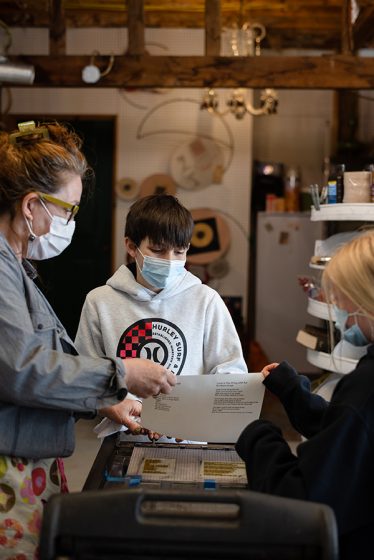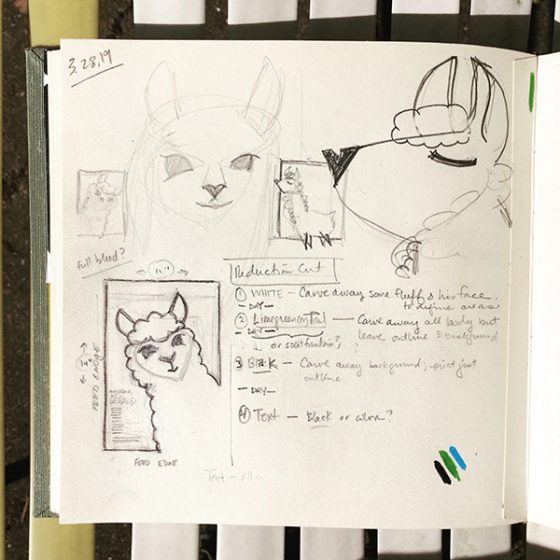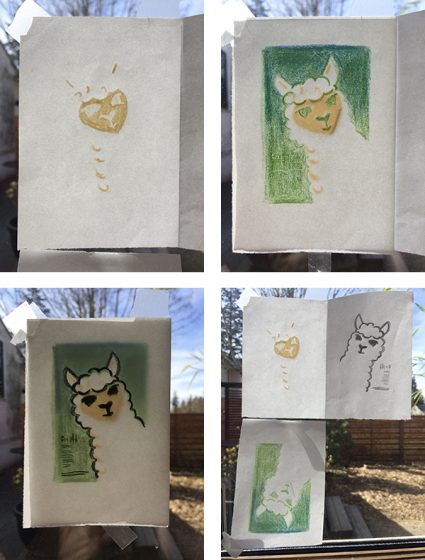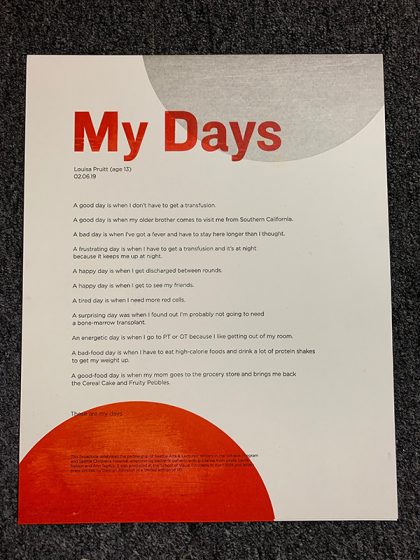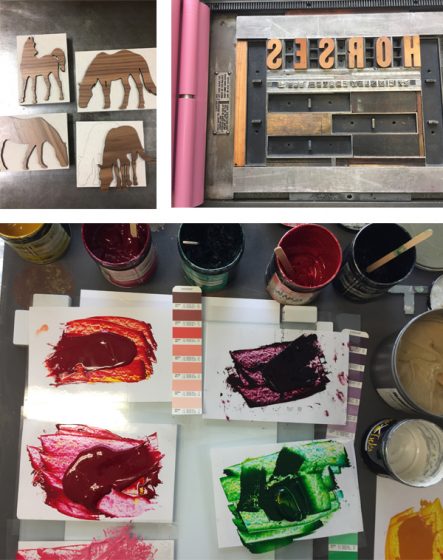I’ve had a fifty-year obsession with QSL cards. And a newfound interest in letterpress. This is the tale of how they cross paths.
Dad had a cigar box full of these nifty “ham radio postcards” (aka QSL cards) from when he first got his license in the 1930’s back in Nova Scotia. Amateur radio operators, or “hams,” send QSL’s to one another to commemorate a contact they’ve made over the air.
Going after distant signals has always fascinated me. As a kid in 1960s Prescott, Ontario, I’d love to tune the TV dial, seeking out stations that were only there on certain days. Why did that happen?

As a young teen, I got bitten by the shortwave listening bug, especially after learning that shortwave broadcast stations sent their own QSL cards! Back in the 70’s, the Cold War was in full swing and the international broadcasters both East and West loved to hear from their listeners.
Shortwave broadcast stations (you’ve heard of the Voice of America, the BBC World Service, Radio Moscow, etc.) made for an effective way to hear varying points of view. They also were a wonderful source of exotic targets for a teen to go after. I wrote to every single station that I could hear and requested their QSL card. I would send them a reception report, telling them exactly when I heard them, on what frequency, and what was heard in their programming.
Many—even most—of these powerful international broadcasters have since left the air. Amateur radio is a little different from shortwave broadcasting. While both types of radio are found on shortwave, ham operators are not broadcast stations trying to reach a wide audience. Rather, they are individuals contacting other individuals.

In 1980, I got my Canadian amateur radio license and drew-up my very own QSL card. It featured one of my boyhood hang-outs, the lighthouse just two miles down the St. Lawrence River. (Look up the Battle of the Windmill near Prescott, Ontario if you like history.) I had the cards printed at a local print shop in Brockville.
Well, my love of shortwave listening and ham radio eventually turned into a 27-year career in radio broadcasting. At one point, that included six wonderful years as an international broadcaster at my favorite shortwave station, the “Voice of the Andes-HCJB,” in Quito, Ecuador. In fact, my wife, Lisa, and I were hosts of a program especially targeted towards shortwave hobbyists. We started raising our family in that beautiful Andean capital. Back in Ontario, Dad and Mom tuned in and listened to us each week, along with listeners around the globe.
Our family returned home in the mid 90’s and I continued broadcasting from Syracuse, NY. Eventually, I left radio to get into elementary teaching and audiobook narration. The teaching never got beyond subbing, while the narrating is something I still do on occasion. Two years ago, a steady position as a platemaker at Boxcar opened up. Letterpress was a different world to me—life on Jupiter might have been more familiar—but they were willing to teach and steady work was very attractive!

At Boxcar, Cathy Smith encourages all of us to use our department’s Vandercook Universal 1 for projects of our own. It’s an excellent way to learn and appreciate the printing side of letterpress. I’d done a few of these projects. However, I could never draw and ideas relating to visual artwork didn’t come easily to this audio-entrenched mind.

In the fall of 2022, I found myself re-bitten by the ham radio bug. However, if I wanted to receive QSL cards, I’d have to send QSL cards. By this time, though, I had an idea for a QSL, thanks to the hundreds of wedding invitation plates I had made over the past year. A map! I loved maps!
First, I sketched out a map of the roads around the hamlet of Navarino, our New York home since 1999. Next, I asked my daughter, Rachel (who also works at Boxcar) if she’d be willing to make some of her cute drawings for me for the map. Rachel was only too happy to give it a go and I was delighted with what she came up with.
At Boxcar, Rebecca put Rachel’s drawings onto my map and formatted the finished work for the negative. A second negative was made with the technical information on the QSL’s backside. I used a KF95 plate to make the first run of AB2FN QSL’s on green paper stock.

By the spring of 2023, I had sent all of these QSL’s to other hams and needed a new batch. This time, I wanted to try two colors on a lighter-color stock. Cathy had some 80 lb weight ivory stock with a felt surface. I went with an earthy brown and hunter green for the rural theme. We made a few small changes to the artwork (that’s Rebecca’s portrait of my head floating over the house). This batch went quickly and, with Cathy’s help, I found some more of the same paper on clearance and made a second run. This time, I used a KF95 plate for most of the card, but a KF152 for the”AB2FN” to give my call letters more of an impression. Our Universal 1 has an adjustable bed.

By August, it was time for yet a new supply. As southern Onondaga County is known for its apple orchards, I thought that an apple-themed border would work well. Rebecca brought this together and we went with red.
In the year since I began making QSL’s, I’ve sent out about 150 cards to hams in over 100 countries, including Australia, Andorra, Thailand, China, Scotland and Oman. While many hams use computer programs and printers to fill these out today, I really enjoy doing it by hand. It’s the feel of the pen contacting the paper, each time trying to improve my penmanship. For much the same tactile reason, I enjoy using an old-fashioned Morse code key to make most of my contacts, although I’ll use the microphone if there’s an exotic station I really want to contact.

And, to be honest, as a broadcaster at heart, I do like the feel of using my voice. A surprise was discovering that QSL cards and letterpress are a link shared by a number of hams! Ham radio and letterpress—especially the printing stage—have a similarity in that both arts require plenty of fussiness and fine-tuning. Besides a bond with past traditions, there is also the bond between an operator and his or her equipment, and the care in repairing and maintaining what is often older technology. Here’s a link to another blog by a fellow ham operator, QSL collector and letterpress printer. He designs his cards to match the early style used in the 1920’s and 30’s.
Not long ago, I was corresponding with a fellow whose ham-related small business dried up, partially on account of many hams today preferring “electronic QSL’s” over paper. The “QSL” is a jpeg sent over the internet.
Bleah!
As we lamented the loss of the old ways, I mentioned that I was so “old school” that I made my own paper QSLs on a letterpress. “OMG!” He replied, and then went on to tell me how his father had a printing business and taught him to handset type at age five. He eventually used his dad’s 10 X 15 C&P and a 9X12 Little Giant for his own at-home letterpress business, which included QSL’s!
Making my own QSL cards has given me a much deeper appreciation for the talented and dedicated artists at every stage in every department at Boxcar.

I still have Dad’s QSL’s—even the cigar box!

